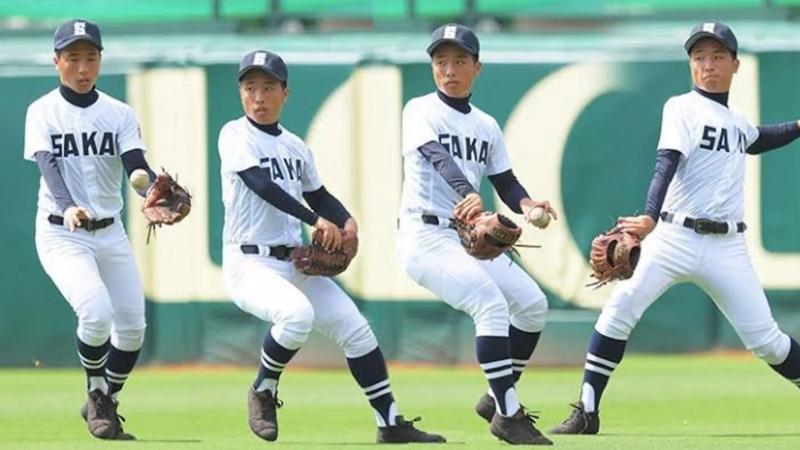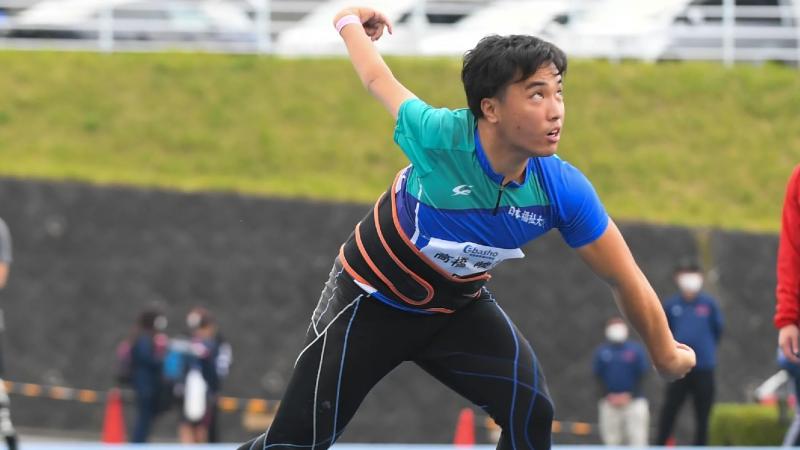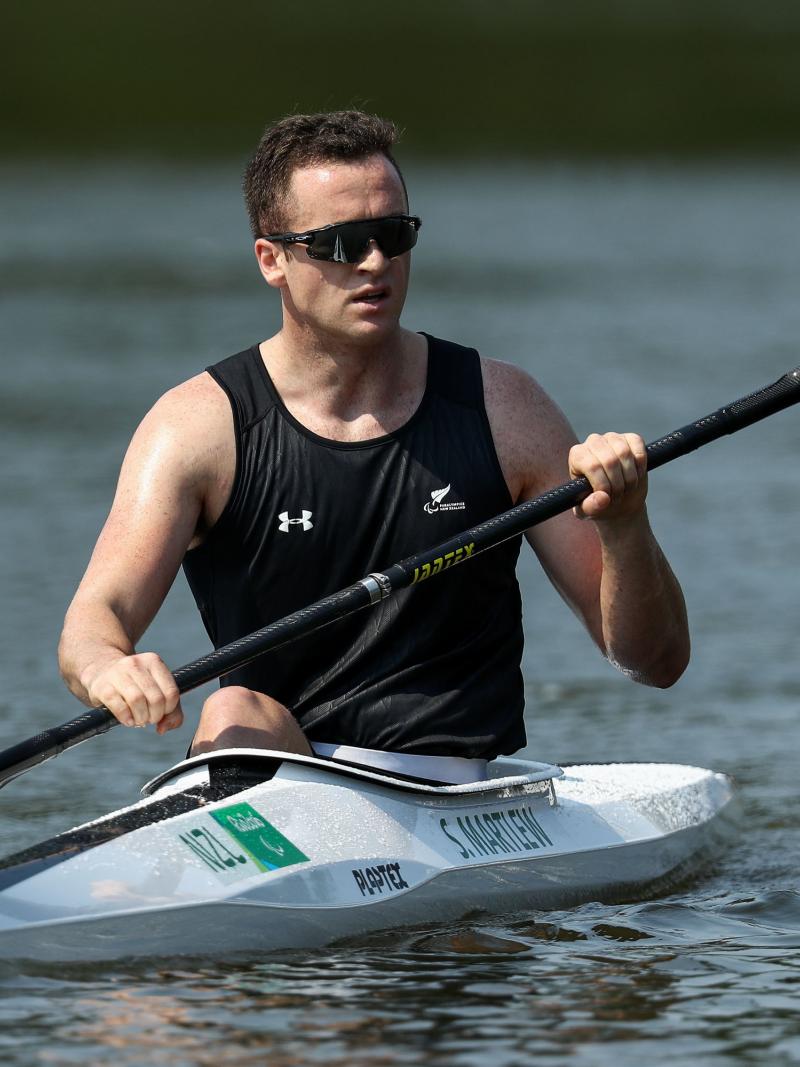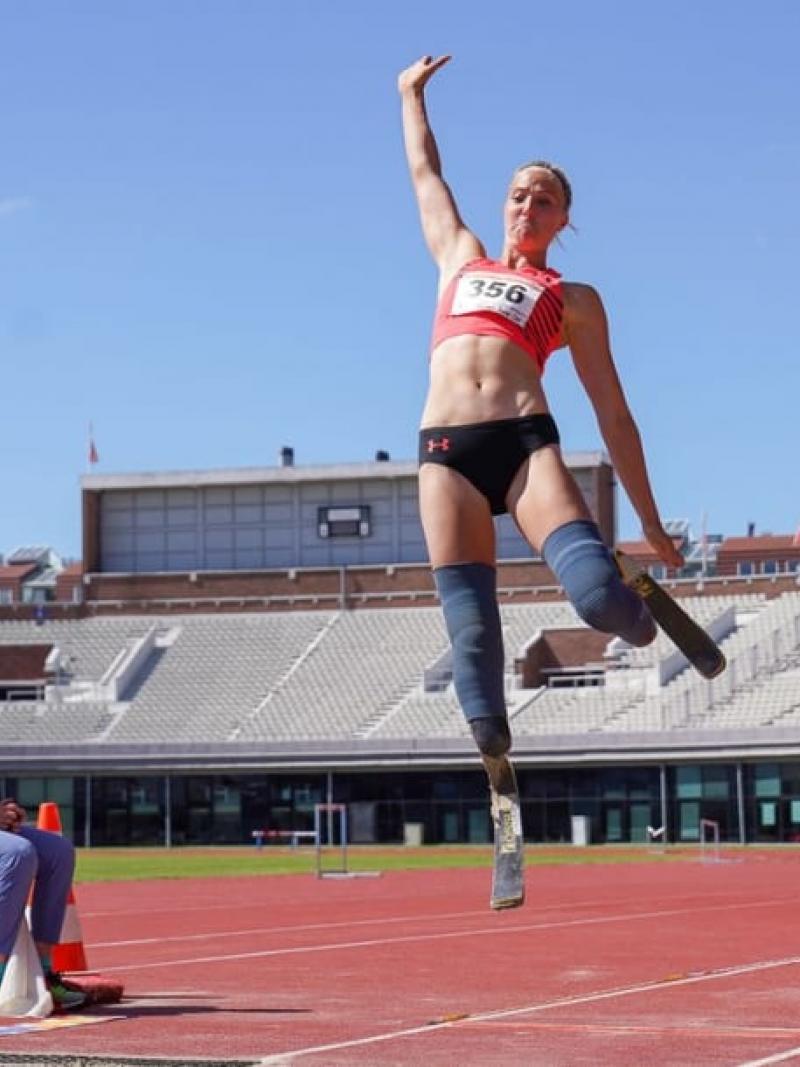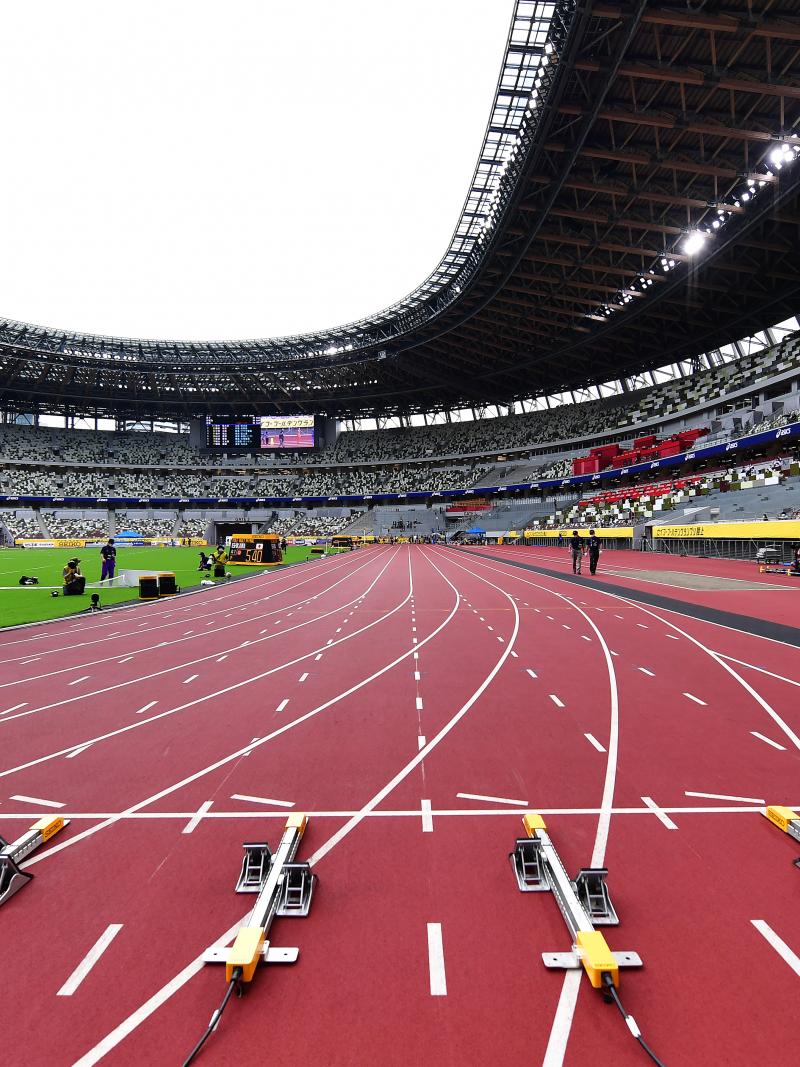Shunya Takahashi: Loosen up to maximise performance
A former baseball player, the Japanese athlete now has his sights on qualifying for Tokyo 2020 Games in another sport - javelin 06 Jan 2021
Shunya Takahashi, aged 22, is hoping to secure a spot in the javelin F46 (upper limb impairment) event at the Tokyo 2020 Paralympic Games.
Let's find out how his experience at the summer 2016 National High School Baseball Championship in Koshien sparked his fascination for the sport.
From baseball to athletics
Takahashi has an impairment in his right arm caused by myelitis he had at three-years-old. This however didn't stop him from taking up baseball when he was in his second year in elementary school. By the summer of his third year in high school, he participated in the national baseball championship in Koshien as a member of the Tottori Prefectural Sakai High School baseball team.
Although he did not have opportunities to play any matches during that championship, he was proud of the rigorous training that brought him at that stage of his athletic career.
Takahashi stopped playing baseball after high school and was thinking what to do next when he received phone call from MITSUI Toshihito, the head coach of the Nihon Fukushi University athletic club.
Mitsui made a proposal to Takahashi get into Para athletics and aim for the Paralympic Games. Takahashi was aware of the existence of the Paralympics, but didn't know which sports were involved. However, Mitsui's offer was too enticing to turn down at a time when he was searching for a new purpose in life. He decided to “give it a try” and entered the university.
Out of all the track and field events, he initially had the 100m in mind but after comparing his level with the world’s top-tier sprinters, he settled with javelin because he thought he'd be able to take advantage of the already strong shoulders he developed through baseball.
It's all about dexterity
However, his experience in baseball did not instantly translate to javelin.
For starters a javelin that is used in the men's event is around 2.6 to 2.7m in length and 800g, which is nothing like a baseball.
At first, Takahashi could not throw the javelin straight ahead and had difficulty getting it to stick in the ground. In baseball, his long throws had marked nearly 90m, but with javelin, he could only throw about 30m.
“The technique required for throwing a javelin was completely different. In baseball, you release the ball in front of your face, but with javelin, you release it at the back of your ear. The way you thrust your arm when throwing the ball and the way you swing your waist when batting are similar to the throwing motion in javelin throw, but the rest was totally different, so it was extremely challenging,” Takahashi confessed.
Takahashi could only throw and land the javelin in short distances, but in time he was able to develop his dexterity and technique to throw in large distances.
Essentially, to be able to throw longer distances and also properly drive the javelin into the ground, the thrower needs to rotate their body while releasing the javelin. However, this is just one of many steps when going for a throw.
Loosening up is key
Takahashi’s performance started improving after he met his coach KUBO Koji during his third year of university.
Kubo taught him the proper throwing form and helped eliminate the high stresses placed on the elbow. Up until then, he had been prone to injury just as he had been as a baseball player.
By changing his form, he improved the quality of his practice. Takahashi’s personal best has also increased from the initial 30m to 58.98m. He's also learnt when to correctly use his strength, which greatly contributed to being able to throw further.
“The most important part in the javelin throw is to loosen up. You should consciously choose when exactly to exert your physical strength and when to release tension. Strength must be applied most when releasing the javelin, so you should keep yourself relaxed until that critical moment and exert your maximum power at the instant you throw,” he explained.
For maximum performance, the ideal speed of the run-up before throwing the javelin is said to be about 60 to 70 per cent of the athletes top speed. Standing 167cm and weighing 67kg, As Takahashi has a disadvantage in physique compared to other javelin throwers, he is now working to improve his run-up speed.
Foundation in high school
When records improve to a certain level, the pace of growth slows down.
So, javelin athletes undergo an untiring cycle of trial and error to break their personal record in increments as small as 1cm. They do not always achieve a new record at every competition; in fact, it is more likely that they don’t.
Takahashi confessed that he goes through "gruelling" efforts to reset his record. However, he also admits, “I [feel great] when I break my personal record and feel rewarded for having worked very hard. It’s fun when I set a new record".
Now that competing at the Tokyo 2020 Paralympic Games is starting to become a reality, what does he perceive as the reason behind his growth as an athlete?
“Most of all, I believe I owe my growth to the foundation I built in my high school days. In those days, I practised baseball all day long, which laid the foundation for me to have a single focus. In addition, having been to Koshien also made me mentally stronger. These experiences helped to keep myself motivated and come this far.”
In javelin, Takahashi can experience first-hand the extent of his development as an athlete when he achieves a throw at a longer distance. Javelin offers a unique fascination that differs from the excitement gained through fine batting and defence in baseball.
“It’s not only natural talent that counts, but rather the efforts put in that results in growth,” which is another captivating feature of the sport according to Takahashi.
Despite awaiting to secure a quota place, Takahashi is aiming for the gold medal at Tokyo 2020 and now the young athlete sees a clear image of himself competing at the Paralympic stage, to add another prestigious title to his sports life.

 Facebook
Facebook
 Instagram
Instagram
 Twitter
Twitter
 Youtube
Youtube

